Is there anywhere I can download some current-voltage data for a bipolar junction transistor? (It doesn't matter that much which one.)
To explain further, for a simple BJT circuit we have the following variables. (Assuming NPN.)
- Base-Emitter voltage bias
- Base-Emitter current
- Collector-Emitter voltage bias
- Collector-Emitter current
- Transistor HFE (beta) which is a function of temperature
- Transistor temperature, which other variables such as the Collector-Emitter current, might have a second order effect from
I don't know if these are all independent - I believe they all are. Some might become dependent on each other if a complete circuit is drawn including an impedance on the base and collector (or emitter) nodes.
Are there any example devices which have (presumably large) tables of data available for download for measurements of these parameters?
- Why do I want this?
I am interested in writing some simulations involving BJTs which requires more information than can be obtained from the typical transistor equations.
In other words, all of the non-linearities are important, and the behaviour in regions outside of as well as including the active region are also important. If some data source only has data for the active region, this is probably good enough.
